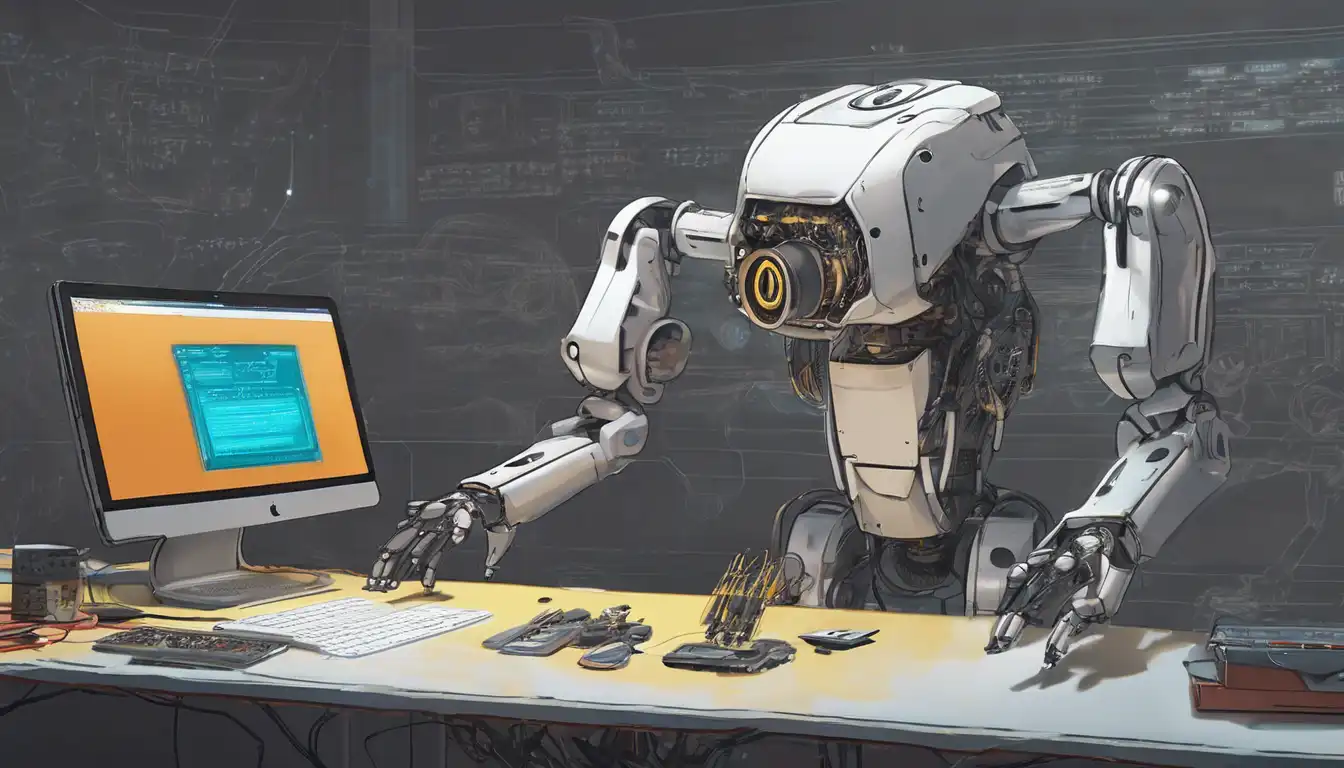Introduction to Robotics Programming
Robotics programming is an exciting field that combines the creativity of software development with the physical world of robots. Whether you're a hobbyist looking to build your first robot or a professional aiming to enhance your skills, understanding the basics of robotics programming is essential. This guide will walk you through the foundational steps to get started in robotics programming, from selecting the right tools to writing your first lines of code.
Choosing the Right Robotics Platform
Before diving into programming, it's important to select a robotics platform that matches your skill level and project goals. Popular options include Arduino for beginners and Raspberry Pi for those with a bit more experience. Both platforms offer a wide range of sensors and actuators, making them ideal for a variety of projects.
Understanding the Basics of Robotics Programming
Robotics programming involves writing code that controls how a robot interacts with its environment. This can range from simple tasks, like moving forward and backward, to complex behaviors, such as object recognition and autonomous navigation. Key programming languages for robotics include Python, C++, and Java, each offering unique advantages for different types of projects.
Essential Tools and Software
To start programming robots, you'll need a set of tools and software. Integrated Development Environments (IDEs) like Arduino IDE and PyCharm are great for writing and debugging code. Additionally, simulation tools such as Gazebo allow you to test your robot's behavior in a virtual environment before deploying it in the real world.
Writing Your First Robotics Program
Now that you're familiar with the basics, it's time to write your first robotics program. Start with something simple, like making an LED blink or a motor turn. This will help you understand the fundamentals of controlling hardware with code. Remember, the key to mastering robotics programming is practice and experimentation.
Advanced Robotics Programming Concepts
Once you're comfortable with the basics, you can explore more advanced topics such as sensor integration, machine learning, and computer vision. These skills will enable you to build more sophisticated robots capable of performing complex tasks autonomously.
Resources for Learning Robotics Programming
There are numerous resources available for those looking to deepen their knowledge of robotics programming. Online courses, tutorials, and community forums are great places to learn from experts and connect with fellow enthusiasts. Don't hesitate to seek out projects and challenges to test your skills and push your limits.
Conclusion
Robotics programming is a rewarding field that offers endless possibilities for innovation and creativity. By starting with the basics and gradually tackling more complex projects, you can develop the skills needed to bring your robotic ideas to life. Remember, the journey to becoming proficient in robotics programming is a marathon, not a sprint. Take your time, enjoy the process, and don't be afraid to make mistakes along the way.
